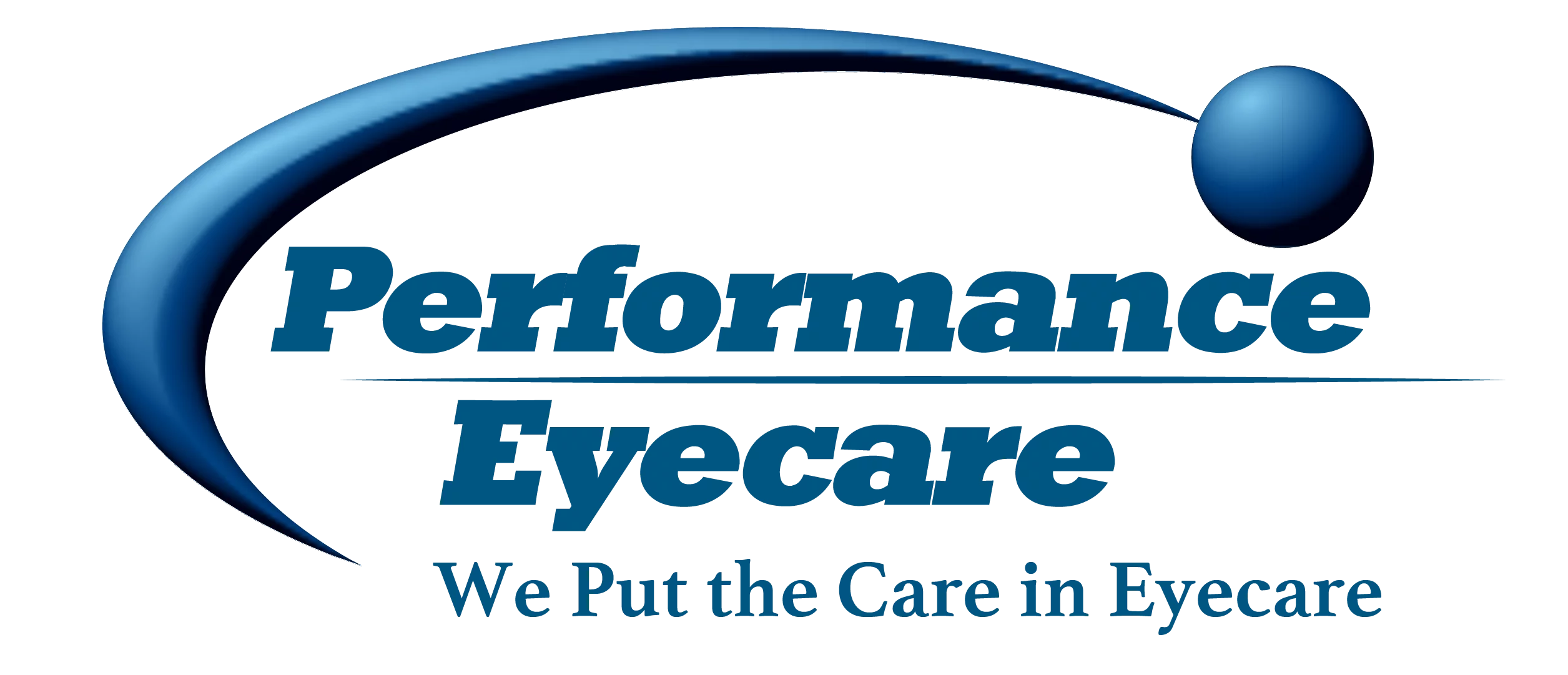Performance Eyecare carries contacts for ‘hard-to-fit’ eyes
Not everyone is an ideal candidate for contact lenses. If you have one or more of the following conditions, contact lens wear may be more difficult: astigmatism dry eyes presbyopia giant papillary conjunctivitis (GPC) keratoconus post-refractive surgery (such as LASIK) But “difficult” doesn’t mean impossible. Often, people with these conditions can wear contacts quite successfully. … Read more
